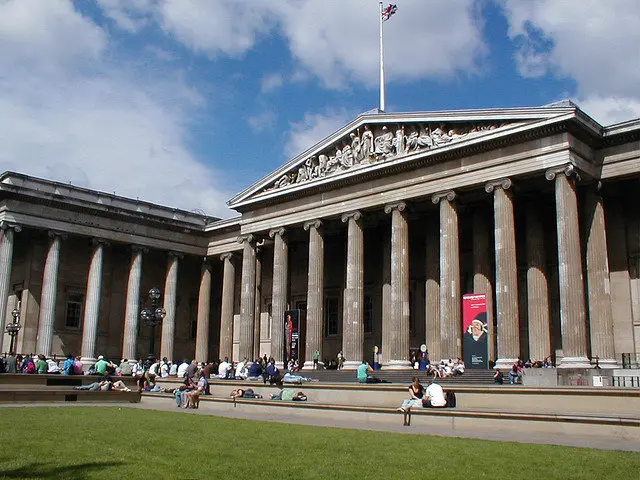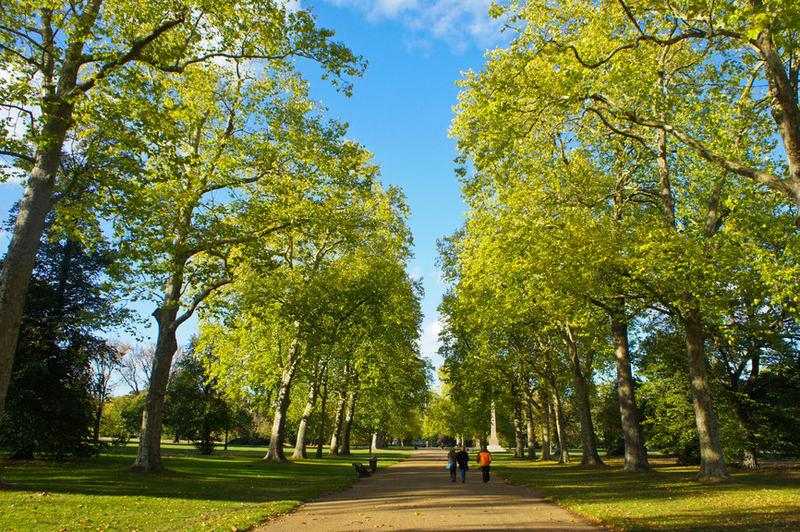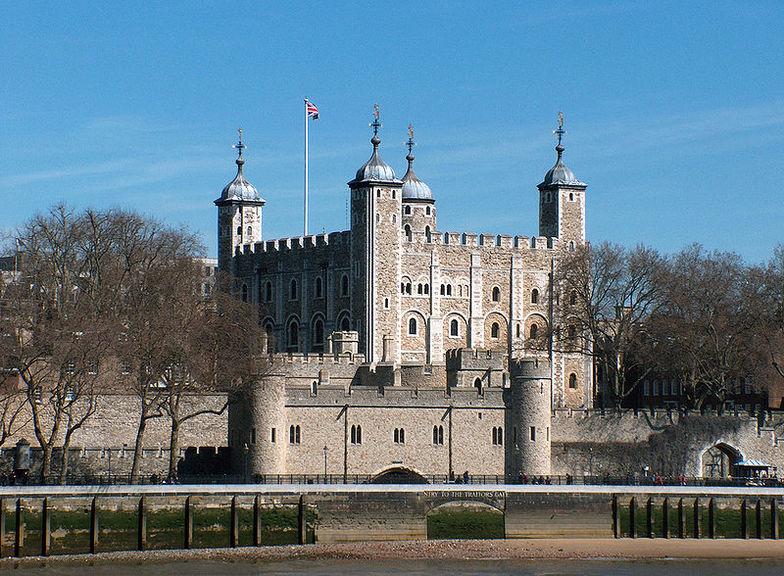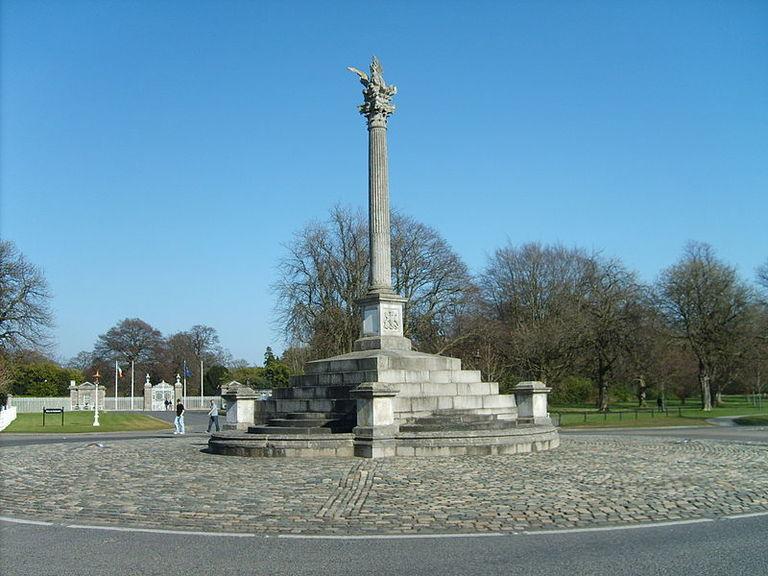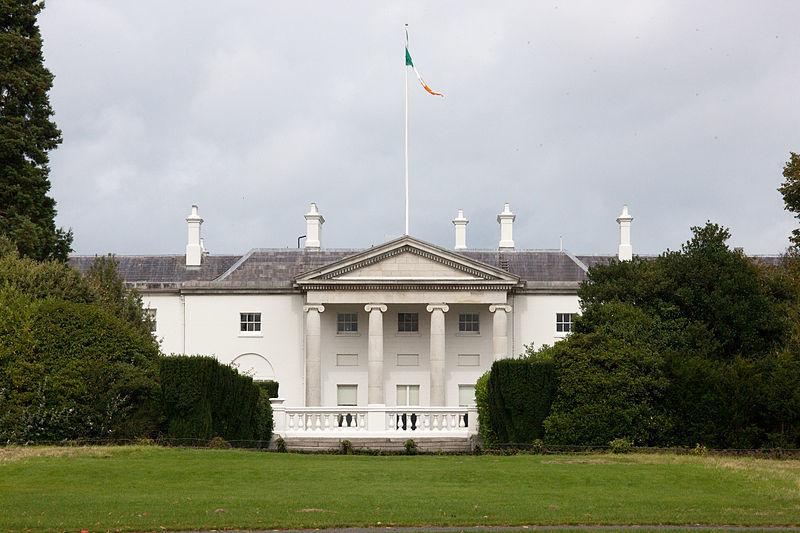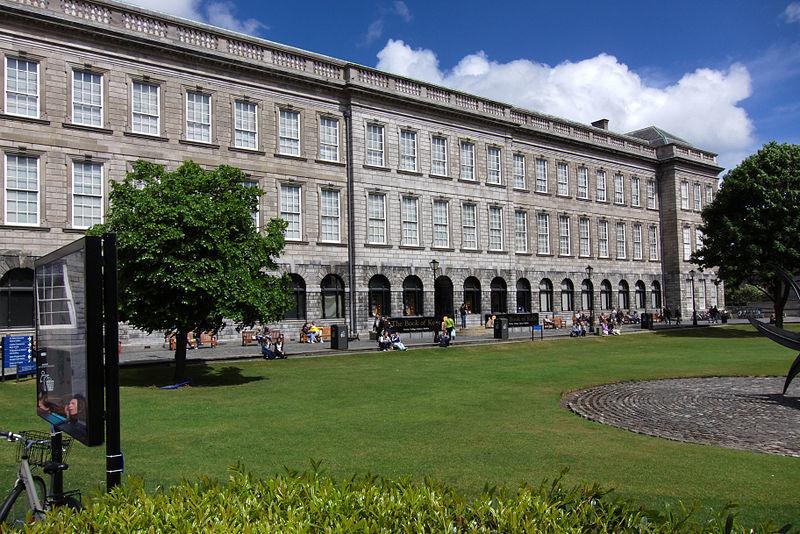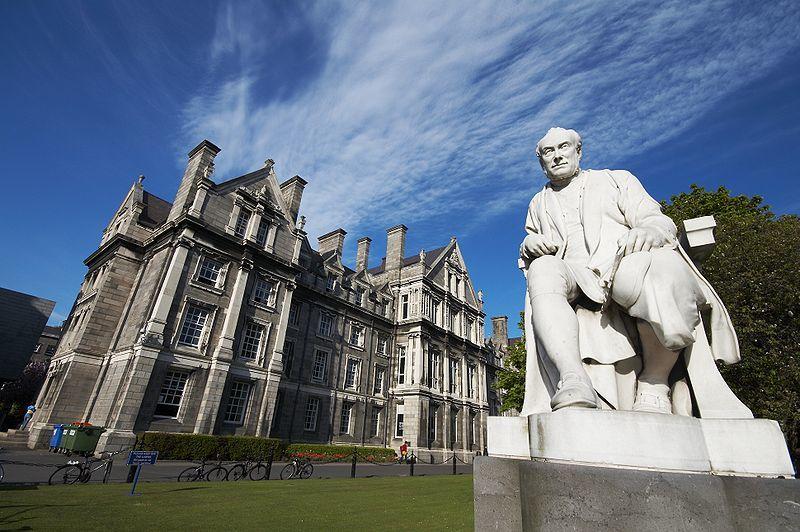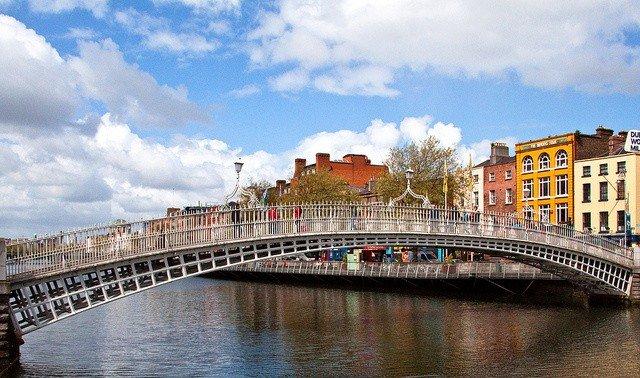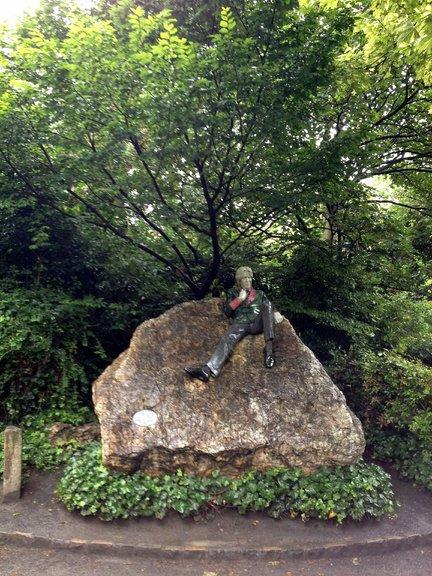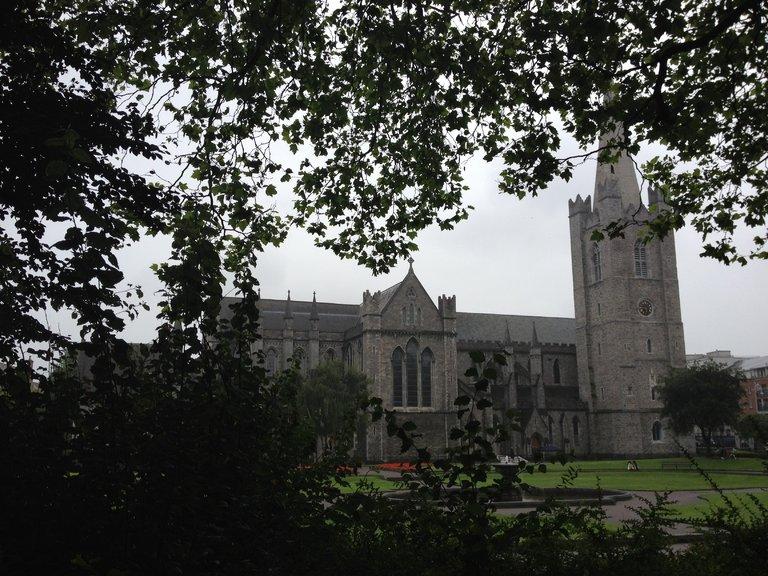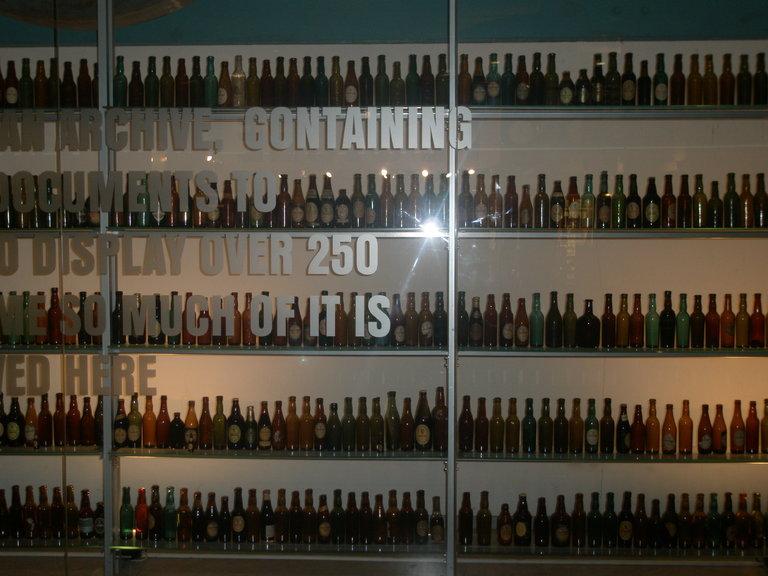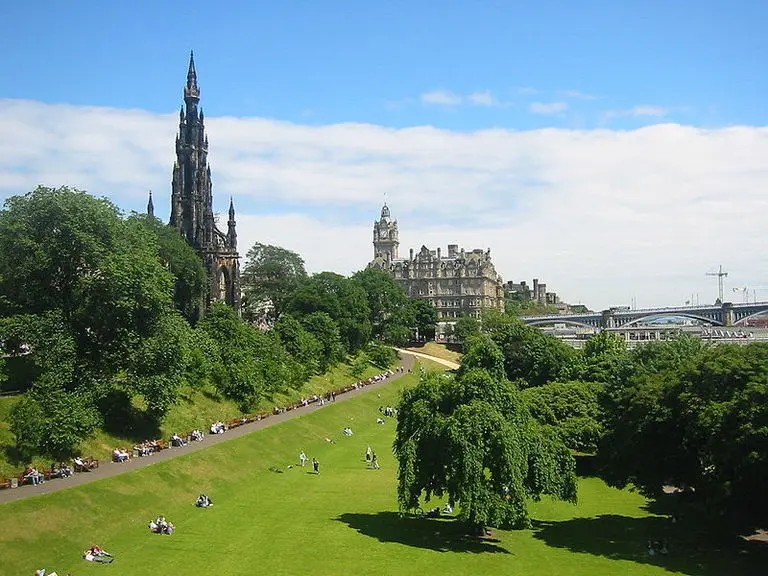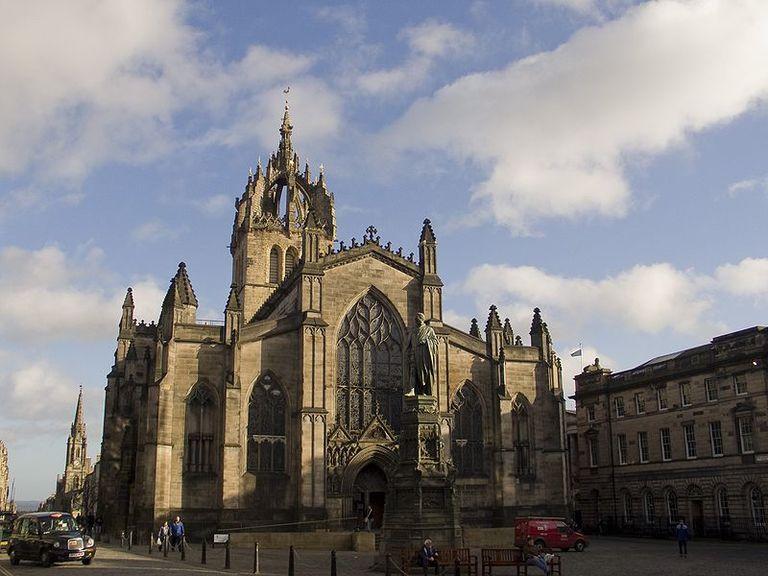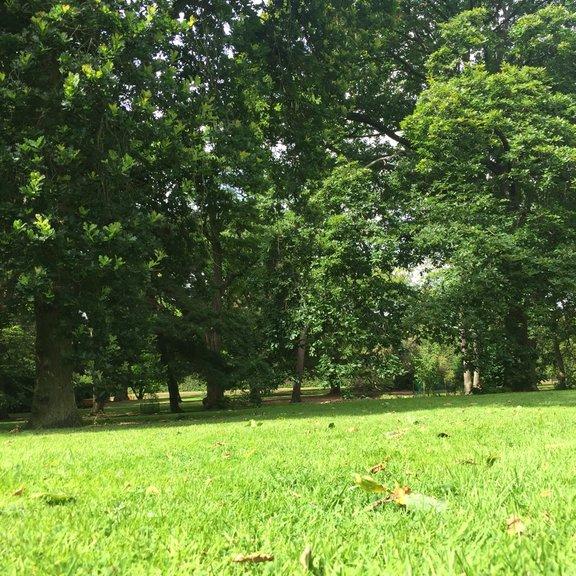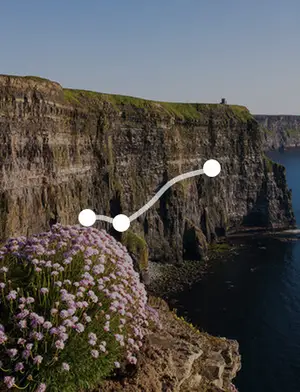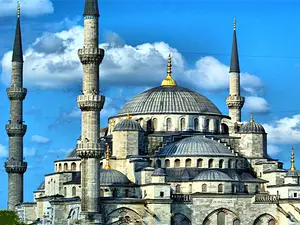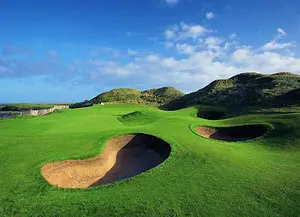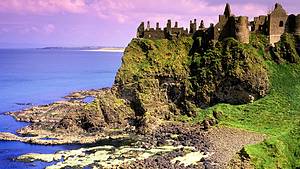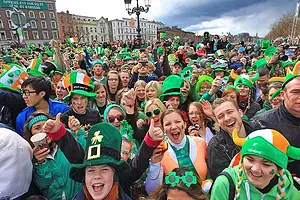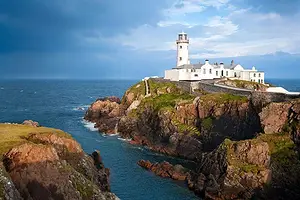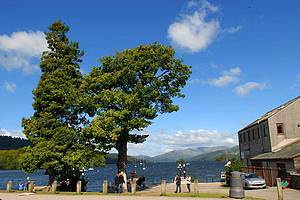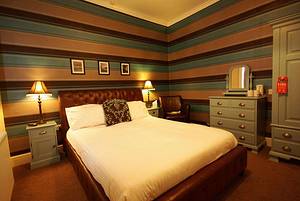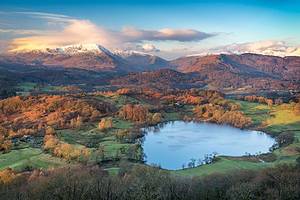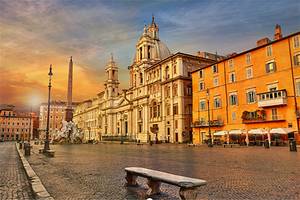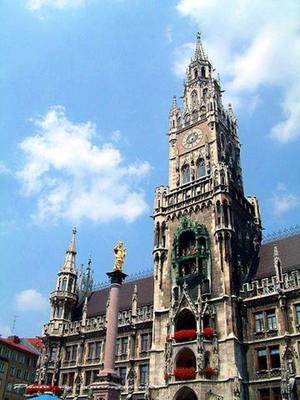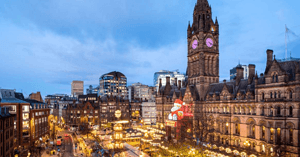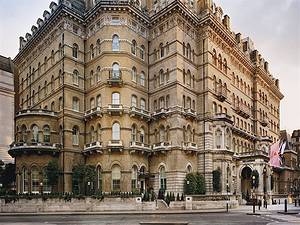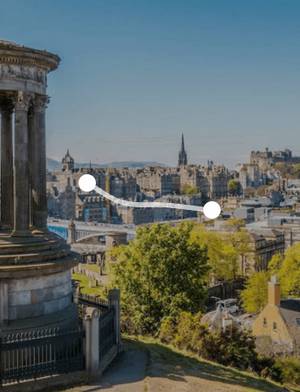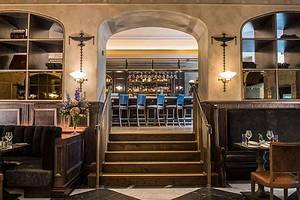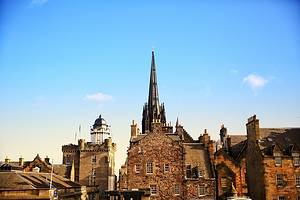Romantic 6-day tour of England and Ireland
3 cities |
20 attraction(s) |
total distance 46
km
 TIPS
TIPS
Day1
Day2
Day3
Day4
Day5
Day6
Day1: London
4 attraction(s) ·
17 km
1
The British Museum is one of the world's most famous museums with nearly eight million items in its collection. There are treasures from all over the world, from Egyptian mummies to Chinese antiquities, and it's all free to visit. If you have time, spend a whole day here, but if you only have 10 minutes, head straight to the mummy exhibition! Don't forget to explore the treasures in the Chinese section as well. The Great Court with its impressive glass roof is the main entrance, and the central circular reading room used to be part of the British Library until its relocation in 2000. It's recommended to arrive early to avoid the crowds, and you can also rent an audio guide to learn more about the history behind each exhibit.
6
km
2
Hyde Park is the largest of the four royal parks in London, separated by a serpentine lake. To the north is the Bayswater Road, to the east is Park Lane, and to the south is Knightsbridge. Surrounding areas include Paddington, Mayfair, and Belgravia. To the west, Hyde Park is connected to Kensington Gardens. A major road runs from Kensington Palace through Kensington Gardens, Hyde Park, Hyde Park Corner, Green Park, and finally to the gates of Buckingham Palace. Since 1728, Kensington Gardens has been separated from Hyde Park. Hyde Park covers an area of 142 hectares, while Kensington Gardens covers 111 hectares, making a total area of 253 hectares. The parks are planted with large lawns, lime, maple, and oak trees. During the day, these two parks seamlessly blend together, but Kensington Gardens closes at dusk while Hyde Park remains open from 5 am to 3 am. To the southeast of the park is Hyde Park Corner, Green Park, St. James's Park, and Buckingham Palace Gardens. In the 1920s, with the expansion of Buckingham Palace, the entrance to Hyde Park Corner, also known as the "Grand Entrance" or "Apsley Gate," was redesigned by Decimus Burton and opened in 1828. Originally, Hyde Park Gate and the Wellington Arch were a combination, but in 1883, the arch was moved eastward. A wider road was built between the two gates, forming the current traffic roundabout. The main attractions in the park include Speaker's Corner, the Serpentine Ride, and the Princess Diana Memorial Fountain. On sunny days, Hyde Park is a favorite recreational spot for Londoners, with luxury hotels and restaurants scattered around the park. If you have the opportunity to visit Hyde Park, you may not encounter radical speakers, but you will definitely be inspired by the leisurely lifestyle of the British people, and you may even come across a few members of the royal family walking their dogs or riding horses in the park.
11
km
3
The official name of the Tower of London is "Her Majesty's Palace and Fortress, The Tower of London". It has served as a fortress, an arsenal, a treasury, a mint, a palace, an execution site, a public records office, an observatory, a refuge, and a prison. Queen Elizabeth I was imprisoned here during the reign of her sister, Queen Mary I. The Tower of London was last used as a prison during World War II, with Rudolf Hess being held there. It was designated as a UNESCO World Heritage site in 1988. In 2012, a special exhibition of crown jewels was held here to commemorate the Queen's Diamond Jubilee.
1
km
4
One of the landmark buildings in London, named after its location near the Tower of London, is a bascule bridge spanning the River Thames, which opened in 1894. The lifting mechanism of Tower Bridge used to be steam-powered but has since been changed to electric, although the original mechanical structure is still preserved for visitors. If you're lucky, you can see the spectacle of Tower Bridge opening to allow tall ships to pass through.
Day2: Dublin
5 attraction(s) ·
10 km
1
Phoenix Park is located in the northwest of the city center and covers an area of nearly 2000 acres. It is the largest city park in Western Europe. The residence of the President of Ireland is also located here and is open to the public every Saturday. For details, please visit the website of the President's residence at www.president.ie. The residence of the US Ambassador to Ireland is also located here, highlighting the special relationship between the two countries. Dublin Zoo, which was established in the 19th century, is also located in Phoenix Park.
2
km
2
The President's official residence is located in the central area of Phoenix Park. It was originally built by Nathaniel Clements in 1751 and served as the residence for the Governor until 1922. In 1938, it became the official residence of the President of Ireland. Although it has undergone renovations, it is not as grand as other European royal palaces. It features a studio, dining rooms, the President's office, library, ballroom, gallery with portraits of past Presidents, and some 18th and 19th-century bedrooms. It is a comfortable living space.
7
km
4
Trinity College Dublin is Ireland's oldest university, founded by Queen Elizabeth I of England in 1592. Its predecessor was an Augustinian monastery and it was previously a church school and a boys' school. It wasn't until 1904 that the first female student studied here. Several Nobel laureates have come from this institution. The campus is located in the city center of Dublin and has a classical and elegant atmosphere. The old library on campus houses the Book of Kells, a national treasure of Ireland, which was completed around AD 850. It was handmade by monks at the time using natural pigments on vellum. The Book of Kells is divided into four volumes, but only two are displayed at a time, one showing the text and the other showing illustrations, with only two pages displayed each day. The architecture of the library's long corridor is also quite spectacular, and it was featured as the library of the magical school in the first Harry Potter book. It is definitely worth a visit.
3
km
5
Halfpenny Bridge, also known as Wellington Bridge, was built to commemorate Wellington's victory over Napoleon and is considered one of the symbols of Dublin. It is located south of the Temple Bar area. Spanning the River Liffey, it was officially opened in 1816 and was the only pedestrian bridge across the river in Dublin at that time. Initially, pedestrians were required to pay a halfpenny toll to cross the bridge, hence its name "Halfpenny Bridge."
Day3: Dublin
3 attraction(s) ·
5 km
1
Merrion Square is located on the south side of Dublin city center. Merrion Park is one of the most popular parks in Dublin, with lush green grass and vibrant flowers. The square is surrounded by typical Georgian-style red brick buildings. On the east side of Merrion Square No. 39 is the former site of the British Consulate, which was occupied and burned down by angry protesters in 1972 following the Bloody Sunday incident in Northern Ireland. On the east side of Merrion Square, there used to be the longest Georgian terrace in Europe, but most of it was demolished by the Electricity Supply Board (ESB) in 1961 and replaced with modern office buildings. Only one complete Georgian-style house remains, which is open for public visits. The ESB's short-sighted action of destroying precious historical buildings has been criticized for many years. Oscar Wilde spent much of his childhood at No. 1 Merrion North, and a famous statue of Wilde is located in Merrion Park.
3
km
2
St. Patrick's Cathedral
St. Patrick's Cathedral in Dublin is located not far from Christ Church Cathedral. It is said that St. Patrick, the saint who brought Catholicism to Ireland, baptized two apprentices and converted them to Catholicism at an ancient well here. The church was first built in the year 450 and has been continuously renovated until the 14th century. Jonathan Swift, the author of "Gulliver's Travels," was once a bishop here. Due to the burial of many famous figures, this church holds a similar status in Ireland as Westminster Abbey does in the UK. St. Patrick's Cathedral in Dublin is one of the largest churches in Ireland, with a tower height of 43 meters, making it the tallest church in Ireland.
2
km
3
Guinness Storehouse is the production place of the most famous Irish product - Guinness beer, and it is one of the most prestigious attractions in Dublin. You can learn about the entire production process of this beer in the brewery, and the exhibition in the Guinness Beer Exhibition Hall is also very interesting. The bar on the eighth floor is a great location to overlook the panoramic view of Dublin, and you can also get a large glass of original Guinness beer for free.
Day4: Edinburgh
3 attraction(s) ·
5 km
1
Edinburgh Castle is a symbol of Edinburgh and even Scotland's spirit. Perched on top of an extinct volcano, it overlooks the city of Edinburgh. Every August, the Military Tattoo is held here, showcasing the grand and solemn atmosphere of Edinburgh Castle. Anyone visiting Edinburgh will not miss Edinburgh Castle, as it can be seen from various corners of the city center. The castle became a royal fortress in the 6th century and has since served as an important royal residence and national administrative center.
3
km
2
Prince Street Gardens is a picturesque garden in Edinburgh, Scotland, serving as the border between the Old Town and the New Town. It is also one of Scotland's most famous garden landscapes. The garden features the Scott Monument, a 200-foot tall tower dedicated to the renowned Scottish writer Sir Walter Scott. Visitors can climb its narrow staircase of 287 steps to reach the observation deck at the top, from which they can enjoy panoramic views of Edinburgh city center and its surroundings. On sunny days, both locals and tourists like to relax and sunbathe on the wide lawns or benches in the garden.
3
km
3
Calton Hill is located in the east of Edinburgh's New Town and is a high point and scenic area of the city. The hill is home to many historic monuments and buildings, such as a Greek-style temple built in the early 20th century as a response to the Great Depression to create employment opportunities. It attracts crowds of tourists during sunrise and sunset.
Day5: Edinburgh
2 attraction(s) ·
2 km
1
The National Museum of Scotland was established in 2006 through the merger of the Scottish Museum and the Royal Museum of Scotland. The museum's collections range from dinosaur fossils to chess, from mummies to automobiles, exploring the diversity of Scotland and the world in terms of nature, culture, industry, science, and design. Each floor holds a different creative world waiting to be discovered. The museum has also received international awards for its unique and innovative display of exhibits. One of its famous collections is the specimen of Dolly the cloned sheep. Upon entering the museum, visitors can find free maps of the collections in various languages, including Chinese, at the Information Desk on the basement level. It is highly recommended to take the elevator to the seventh floor rooftop to enjoy the panoramic view of Edinburgh and Edinburgh Castle.
2
km
2
Holyrood Palace is now the official residence of the Queen and the Royal Family in Scotland. It was built in 1498 by James V and is closely linked to Scotland's rich history. The palace is most famous for being the residence of Queen Mary, and many dramatic scenes from her turbulent reign took place here. Queen Mary had two major weddings at Holyrood Palace and witnessed the assassination of her private secretary, David Rizzio, by her second husband Lord Darnley during a small dinner party. The palace is located at the eastern end of the Royal Mile, with Holyrood Park nearby, which is perfect for strolling.
Day6: Edinburgh
3 attraction(s) ·
9 km
1
Edinburgh Zoo was established in 1912. It is the only zoo in the UK that houses giant pandas from China and koalas from Australia, and it was the first zoo in the world to successfully breed king penguins in captivity. It is a great place to visit with children.
6
km
2
St. Giles Cathedral has a long history, dating back to the early 12th century. It was destroyed by a fire and rebuilt in the 14th century. As a religious hub in Edinburgh, this cathedral has been standing for 900 years. It is famous for its distinctive crown spire and stands prominently in the heart of the Royal Mile, connecting Edinburgh Castle and the Palace of Holyroodhouse.
3
km
3
The Royal Botanic Garden Edinburgh was first established in the 18th century. It is located two miles north of Prince Street in Edinburgh, covering an area of 425 acres. The main focus of the garden is to collect exotic plants. The Royal Botanic Garden Edinburgh also has three subsidiary gardens: the Dawyck Arboretum, the Logan Botanic Garden, and the Benmore Botanic Garden. The garden serves as both an educational and research base, as well as a recreational park for visitors. Each plant in the garden is labeled with its name, place of origin, characteristics, and uses, providing knowledge and information for both academic purposes and sightseeing. There are different themed gardens, including the Rhododendron Garden, the Rock Garden, and the Arboretum, each separated by hedges. The Rhododendron Garden showcases over 400 species of rhododendrons, creating a vibrant and beautiful scene when they bloom in spring and summer. The Rock Garden features alpine and rock plants from around the world, including plants from the Himalayas in China. Due to its diverse plant collection and representation of various regions, it is recognized as one of the best rock gardens in the world. The Royal Botanic Garden Edinburgh and its subsidiary gardens are open to visitors year-round, offering opportunities to learn about plants, appreciate their beauty, and understand the Scottish contribution to plant collection and cultivation.
